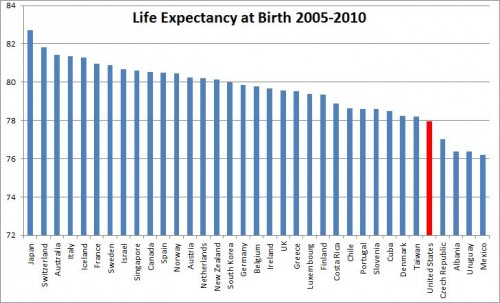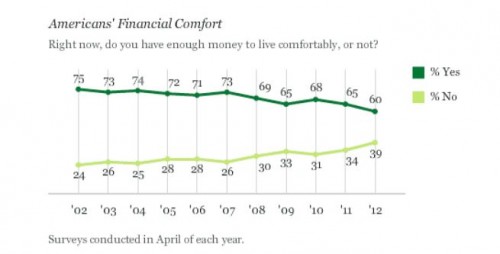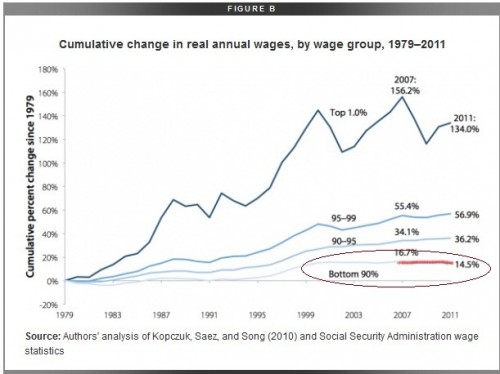The Federal Reserve Bank has said it will maintain its stimulus policy as long as the economy remains weak. One of its key indicators for the strength of the economy is the unemployment rate, which has been steadily falling for several years, from 10% in October 2009 to 7.3% in August 2013. However, this decline in the official unemployment rate gives a misleading picture of economic conditions, at least as far as the labor market is concerned.
The reason, as the Economy Policy Institute explains, is because of the large number of “missing workers.” These missing workers are…
…potential workers who, because of weak job opportunities, are neither employed nor actively seeking a job. In other words, these are people who would be either working or looking for work if job opportunities were significantly stronger. Because jobless workers are only counted as unemployed if they are actively seeking work, these “missing workers” are not reflected in the unemployment rate.
We are seeing many more missing workers now than in recent history. The chart below shows the Economic Policy Institute estimate for the number of missing workers.
The next chart compares the estimated unemployment rate including missing workers (in orange) with the official unemployment rate (in blue).
As you can see, while the official unemployment rate continues to decline, the corrected unemployment rate remains stuck at a rate above 10%. In other words labor market conditions remain dismal. And here we are only talking about employment. If we consider the quality of the jobs being created, things are even worse.
Martin Hart-Landsberg is a professor of economics at Lewis and Clark College. You can follow him at Reports from the Economic Front.













